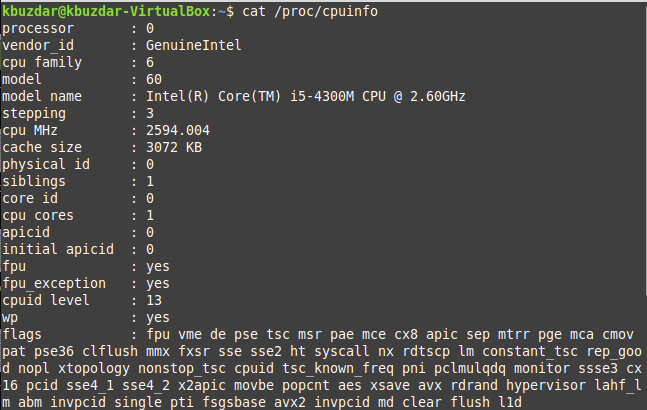
In some cases, the result is better if it is a low value (Blowfish), and other times, the result is better if it is a high value (zlib). The results are displayed compared to different common processors.
#HARDWARE MONITOR LINUX MINT INSTALL#
Type this command to install HardInfo: sudo rpm -ivh hardinfo-0.5.1-15.1.x86_64.rpm

This is likely to be your “Downloads” directory. Change directory to the location of the downloaded file. You can download the installation file from here. HardInfo isn’t included in the official repositories. On Fedora, you need to do a little more work. On Manjaro, use this command: sudo pacman -Sy hardinfo To install HardInfo on Ubuntu, type: sudo apt install hardinfo
#HARDWARE MONITOR LINUX MINT HOW TO#
RELATED: How to List Your Computer's Devices From the Linux Terminal Installing HardInfo

One thing that HardInfo offers that the command-line tools don’t is a set of simple benchmarking features. It’s clearly modeled after the Windows Device Manager with a very similar graphical user interface (GUI), with a tree and main display window. That means you don’t need to learn command-line commands and their parameters to find the information you want. The HardInfo application fulfills a similar purpose for Linux, and with the same ease of use.


 0 kommentar(er)
0 kommentar(er)
